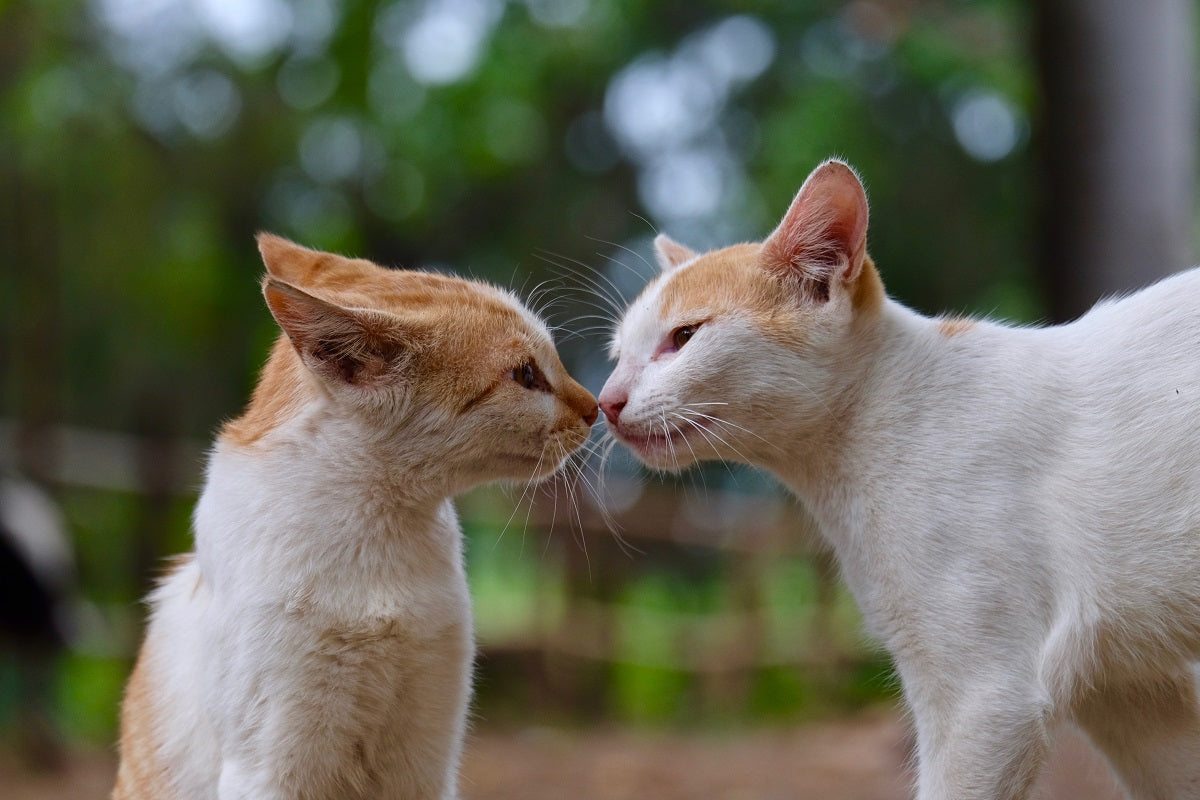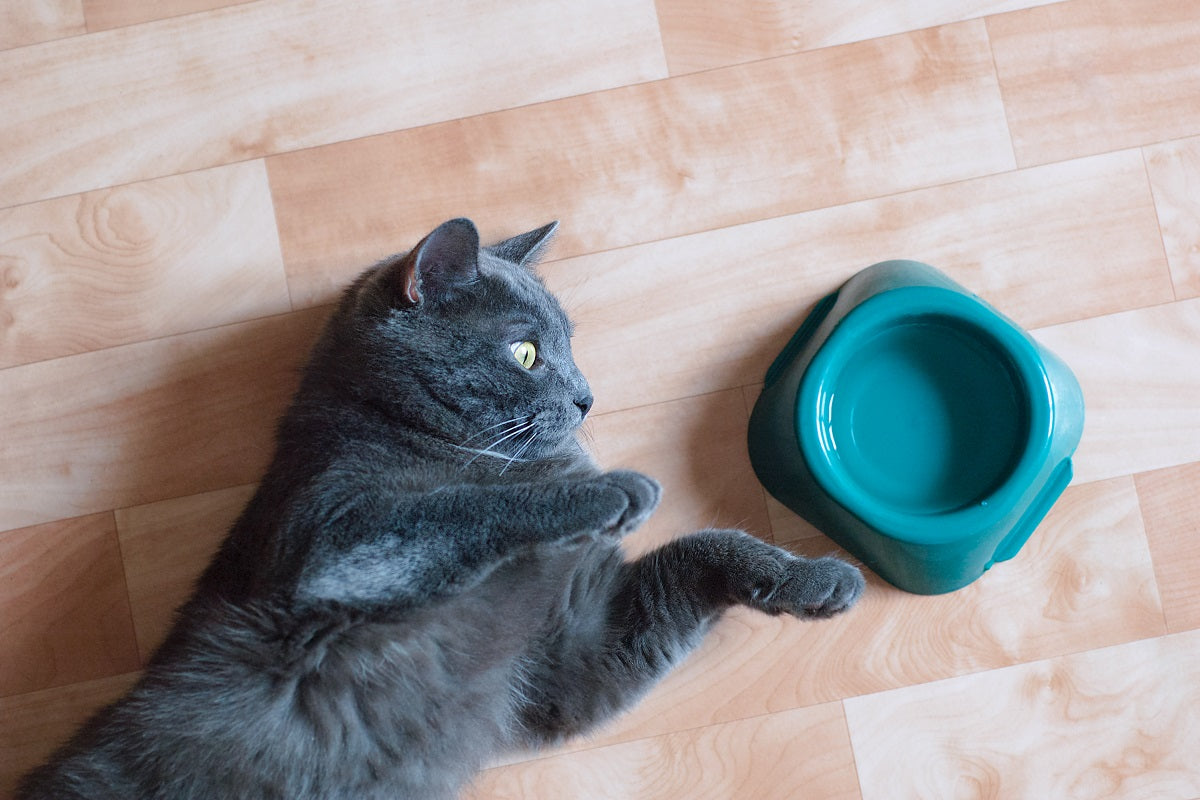August 31, 2018 |5 min read
Traditional Persian Cat Basics

Traditional Persian cats, also called "doll face" Persians for their sweet, doll-like expressions, are one of the most popular pedigreed cat breeds in the world. Like most domestic cats, their history is shrouded in myths and rumors, but our first recorded instances of their appearance in Iran (then called Persia) occurred in the 16th century. From there, the breed exploded onto the international cat scene and became one of the most popular breeds worldwide.
But what makes these cute little furballs so special? And what's so different about a "traditional" Persian cat and any other Persian? Read on to find out!
Traditional Persian Appearance
When you hear the word "Persian cat," you might immediately think of a flattened face and short nose. Although you aren't wrong, the more pug-like variants of Persians have been bred specifically to exaggerate those features. Traditional Persians, meanwhile, have also been bred to have small, rounded heads and short noses, but not to the same extent as their show Persian counterparts. Instead of show Persians' flat faces, traditional Persians have the cute, innocent expressions reminiscent of a child's doll, hence their common nickname of "doll-face Persians."


Traditional Persians, just like their show cousins, have chubby cheeks and short bodies. They are medium-sized cats, typically weighing between 7 and 12 pounds when fully grown. And like show Persians, traditional Persians also have long, flowing coats that require daily combing to remove and prevent mats and tangles. Their coats come in a variety of colors and patterns, ranging from white to black and from red to lilac, and they can be found in calico, tabby, flame-point, and numerous other patterns.
Cat Litter That Prioritizes Their
Health & Your Happiness.
for 20% Off + a FREE Catnip Toy
Traditional Persian Personality

Just like people, cats have their own personalities, so not all Persians are exactly alike. That said, traditional and show Persians both tend to be very calm and docile cats who enjoy little so much as napping on the couch or another favorite perch. They are affectionate and usually enjoy their human family's attention, but they don't typically go out of their way to get it. They like their peace and quiet, so they aren't well suited to households with rowdy children or extremely playful dogs.
That said, don't mistake Persians for being furry doorstops. While not as energetic as some other breeds, they do enjoy a good play session now and then. And while they're happy to let you have your space, they also enjoy being lavished with attention and treated like royalty, and if they feel you've been neglecting them, they'll definitely let you know it's time for some good back rubs and ear scratches.

Tired of your
home smelling like
you have a cat?
Use code PRETTYBLOG
Traditional Persian Health
Persian cats are generally healthy and live to be between 10 and 15 years old on average, but there are special factors to take into account when considering adopting one. The most serious issue is directly related to what draws many people to them: their flat face. Like pugs, Pekingese, and other dog breeds with short muzzles, Persian cats can suffer the same breathing difficulties, which makes them more prone to respiratory disorders than other cat breeds. They also have difficulty regulating their body temperature and are especially sensitive to heat, meaning they must be kept indoors with proper air conditioning and climate control.
Their smaller heads and protruding eyes can also cause problems. The tear ducts can leak constantly, leading to stained fur under their eyes or even skin sores due to the perpetual moisture. More seriously, because their eyes are not as well protected in their skull as in other breeds, they can be damaged more easily and should, therefore,
be supervised during play and checked regularly for signs of harm.
Sources:








